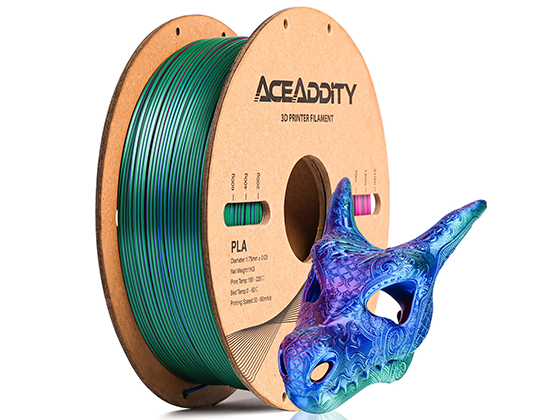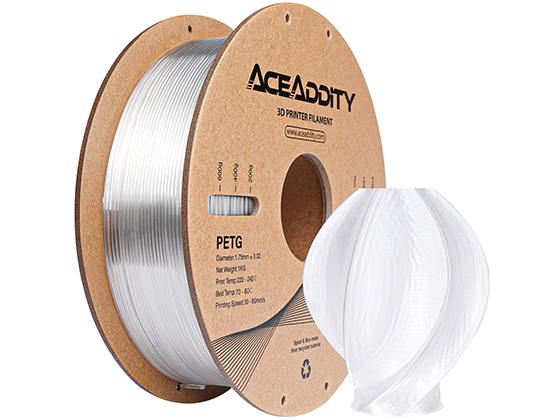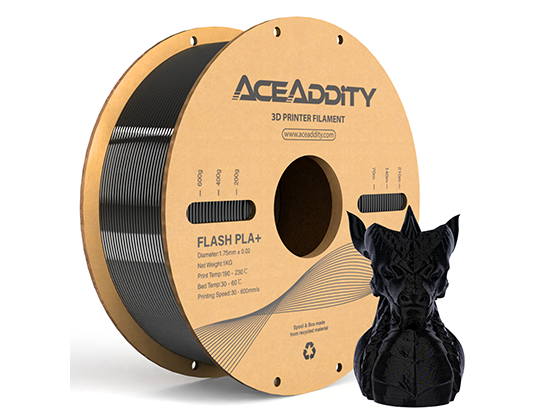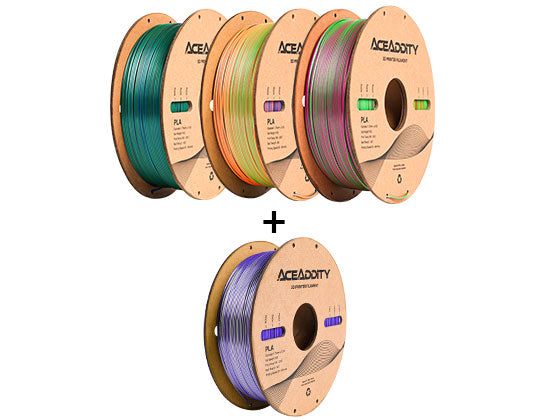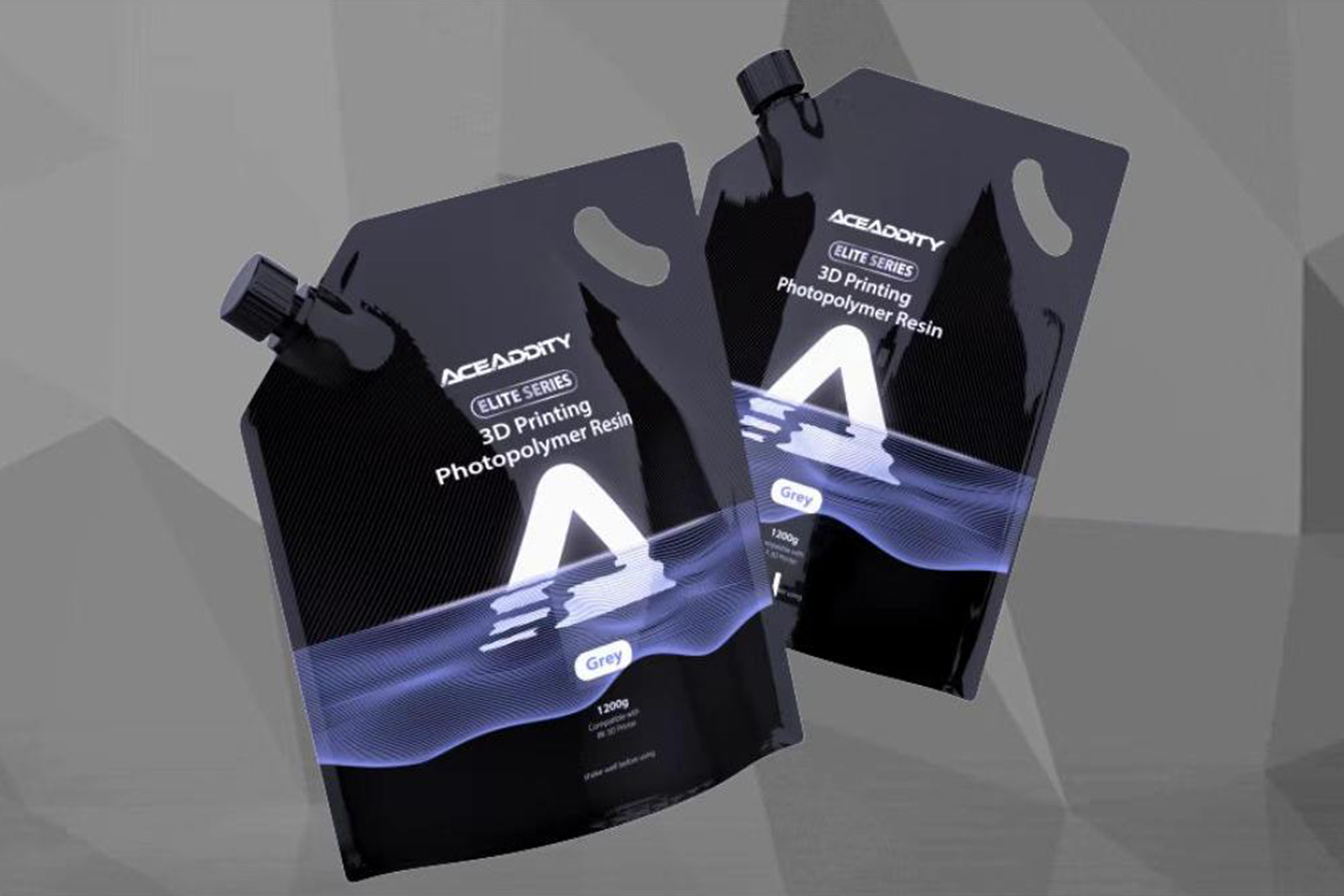FDM 3D printing offers incredible possibilities, but it's not without its challenges. Stringing and blobs can often mar the perfection of our prints. However, fear not! In this blog post, we will explore effective strategies to combat these common issues and elevate your printing game to new heights.
Understanding Stringing: Stringing occurs when thin strands of filament are left behind during travel moves. These unwanted "spider webs" can ruin the aesthetics and functionality of your prints. Let's delve into practical solutions:
1. Retraction Settings: Optimize your retraction settings to minimize filament oozing between print parts. Experiment with retraction distance and speed, finding the ideal balance for your printer and filament combination.
2. Temperature Fine-Tuning: Achieving the right printing temperature is crucial. Lower temperatures can help reduce stringing, but be mindful of going too low, as it can compromise layer adhesion. Refer to filament manufacturer guidelines for optimal temperature ranges.
3. Travel Speed Adjustment: Increasing travel speed during non-printing movements can help minimize the time for filament to ooze, thereby reducing stringing. Experiment with different travel speeds to find what suits your printer setup best.
Conquering Blobs: Blobs are those unsightly irregularities that occur when excess filament accumulates, often ruining the surface finish and precision of your prints. Here's how to tackle them effectively:
1. Cooling and Fan Settings: Ensure your printer's cooling fan is functioning optimally. Sufficient cooling aids in rapid filament solidification, preventing blobs. Experiment with fan speed and positioning to strike the right balance for your specific prints.
2. Extrusion Calibration: Accurate extrusion is key to avoiding blobs. Calibrate your extruder's steps/mm and ensure consistent filament flow. Inconsistent flow can lead to over-extrusion, resulting in blobs. Regular calibration will keep your prints pristine.
3. First Layer Adhesion: A solid foundation sets the stage for successful prints. Pay close attention to first layer adhesion by ensuring proper bed leveling and nozzle height. Poor adhesion can lead to filament accumulation and subsequent blob formation.
Stringing and blobs are formidable foes in the world of FDM 3D printing, but armed with the right techniques, we can conquer them. Remember to fine-tune retraction settings, optimize temperatures, adjust travel speeds, pay attention to cooling and fan settings, calibrate extrusion accurately, and prioritize first layer adhesion. By implementing these expert tips, you'll be well on your way to achieving clean, high-quality prints.


